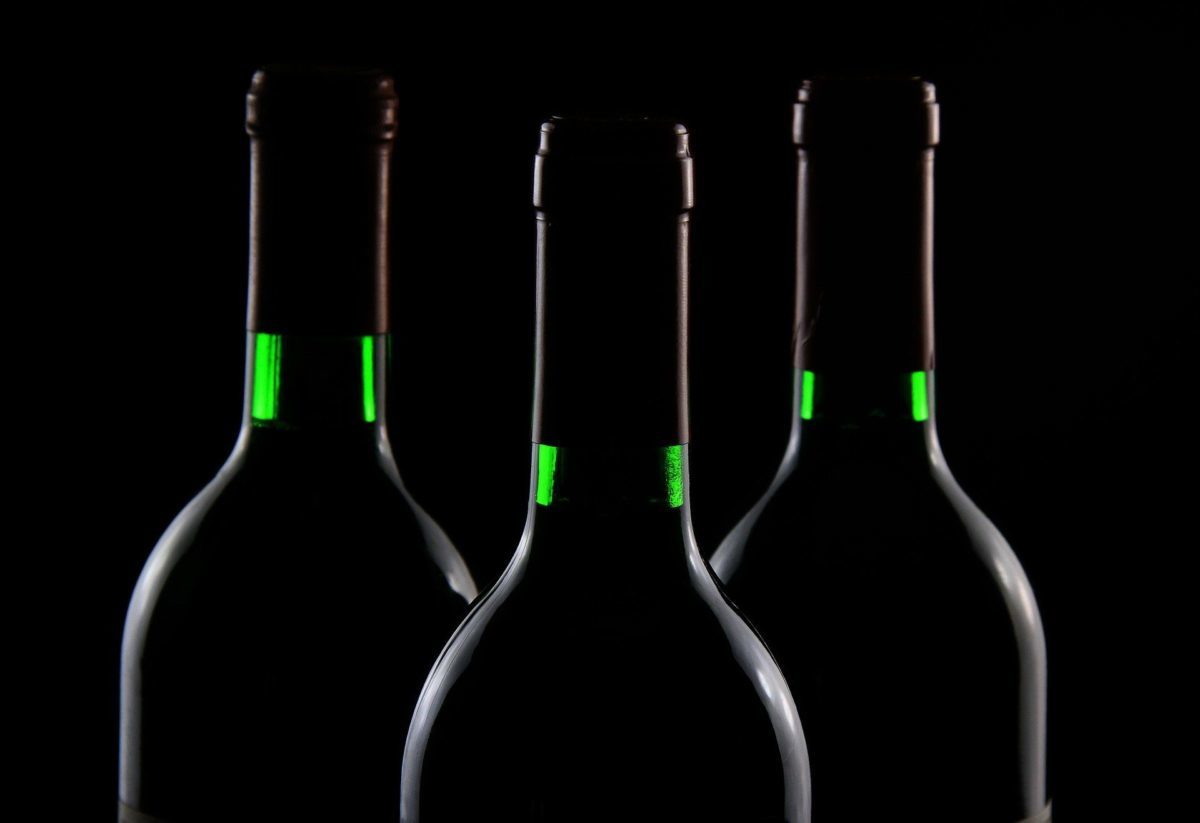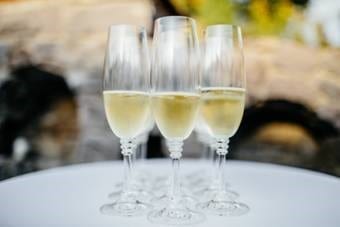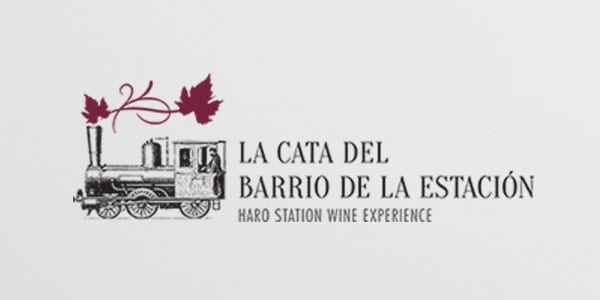
The 'capital of Rioja', Haro, was the world capital of wine with the celebration of the Tasting of the Station Quarter. In this place the largest number of centenary wineries in the world is concentrated. The tasting the station district attracted more than 3.500 visitors, and the ninth Symposium of Master of Wine.
A great showcase for the seven wineries of the station
For the third year there were the seven wineries in the station neighborhood. López de Heredia Viña Tondonia, CVNE, Gómez Cruzado, La Rioja Alta, Viña Pomal Bodegas Bilbainas, Bodegas Muga and Bodegas Roda. Last weekend they presented a total of 14 wines to the world's leading experts.
It was the 'most good gourmet food' of the tasting the station district. For the first time together with Los Cameros cheeses. There were elaborations of the chefs of La Rioja, with Michelin stars. We refer to Francis Paniego, Carlos Echapresto and Juan Angel Rodrigálvarez.
Tasting of great dishes in the Tasting of the Barrio de la Estación
Those attending the event were able to taste, along with the wines, migas de pastor or stewed veal snouts. Also confit cod with Riojan sauce, poached beans, oxtail in red wine and chocolate with oil.
President of La Rioja, Jose Ignacio Ceniceros, said that 'it is about strengthening the link between gastronomy and tourism to open The Rioja to the world'.
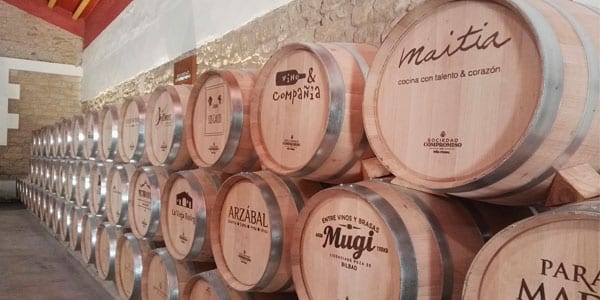
Sarah Jane Evans hosted the act
La Master of Wine Sarah Jane Evans, one of the greatest experts of Spanish wine. Sarah Jane served as 'Machinist of the Year' 2018. She stood out by giving a masterful tasting before 800 people. "This is a unique place in the world of wines," he said.
And for unique, some of the wines in the tasting, such as the one presented by Bodegas Bilbainas. The Viña Pomal Maturana Blanca 2017 (100% Maturana Blanca). It was the first variety to be mentioned in Rioja, in 1622. Then, it disappeared due to phylloxera, which was recovered in 2007.
At the end of the fermentation, the wine was racked into 500-liter French oak barrels. The lees were worked with for 4 months before being bottled. In The Rioja there are 22 hectares of White Maturana, a very complicated grape to grow. But it behaved very well in 2017 despite the frost, of which 0,6 was at Bodegas Bilbainas. In 2014 they bottled 100% Maturana Blanca for the first time.
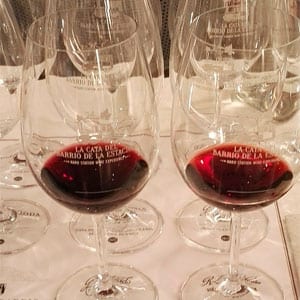
Classic Monopole
CVNE, which has had its Imperial on the market since 1920, presented the Classic Monopole. After your first Monopoly It was bottled in 1914. It is a tribute to the winemaker Ezequiel García. This one worked in the 50s and 60s of the last century. His manuscripts and drawings were found in the cellar. All this resulted in this wine with Manzanilla from Sanlúcar and aged in Jerez de Sanlúcar casks.
Bodegas Roda offered their Roda 107 from 2010 (Tempranillo, 17 months in French oak barrels). It is not yet commercialized, it will come out in December. It also offered El Torre Muga 2015 (Tempranillo 75%, Mazuelo 15%, Graciano 10%). And La Rioja Alta will also market its Gran Reserva 904 2009 at the end of the year. Gómez Cruzado claimed the Rioja whites with his Montes Obarenes 2015 (85% Viura and 15% Tempranillo Blanco).
Professionals from the wine sector met at the tasting
The ninth Master of Wine Symposium held in Logroño brought together the best world professionals in the wine sector for the first time in Spain. One of the challenges of the sector was noted as the effects that climate change is causing on the development of the vine. It is proven that the pH and the graduation of the wines are getting higher and higher. However, try to lower them naturally.
El climate change "It is already clearly affecting the wine sector," said Ceniceros. He advocated "undertaking ambitious research programs" to try to counter them. Looking at the almost present and, above all, the future, this will be an issue of global importance that will require constant treatment. The vineyards will be affected by the weather changes and a forced adaptation will be necessary. At least to survive the difficulties that lie ahead if this unsustainable situation is not alleviated more and more, even for the tasting of the Haro station neighborhood.




